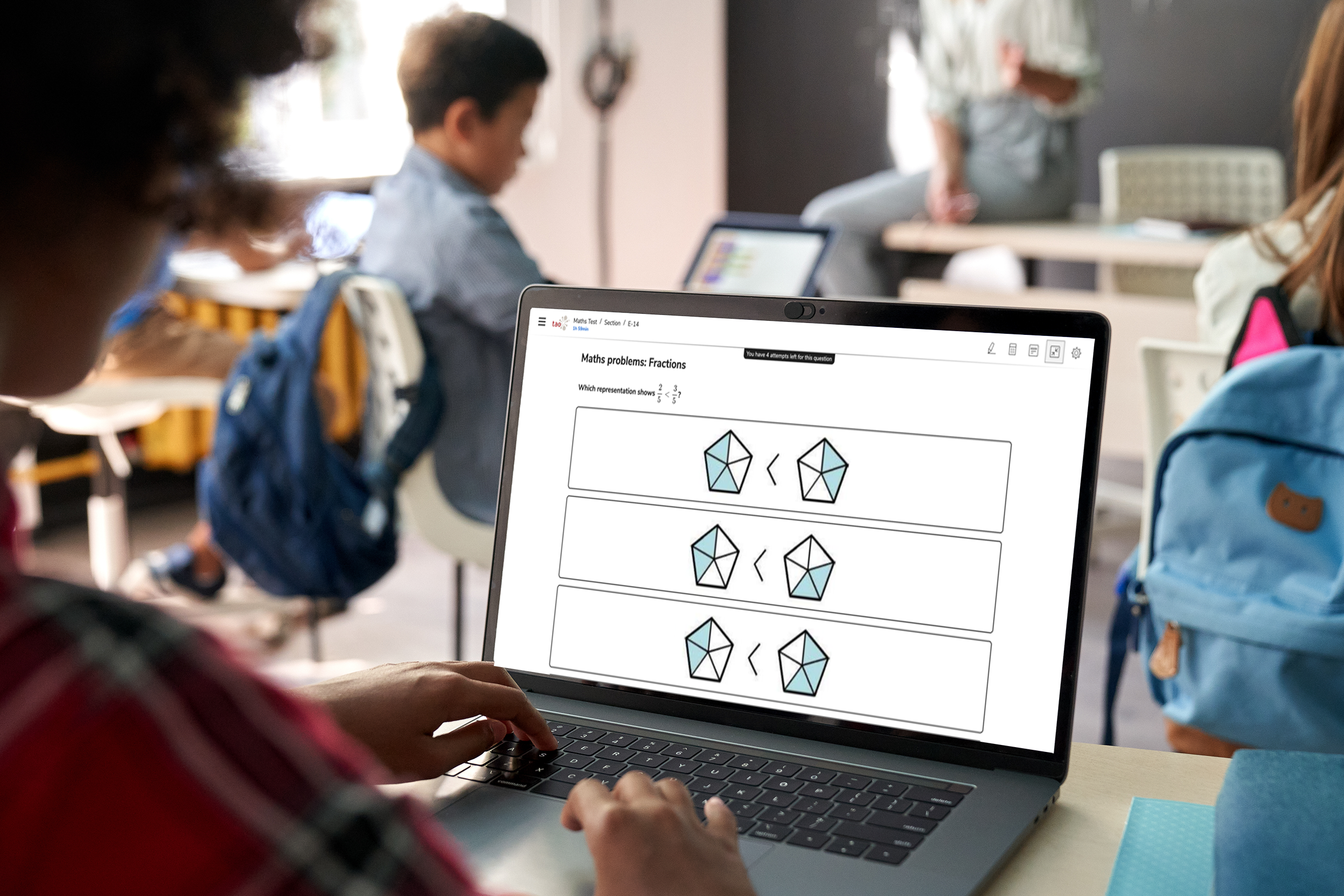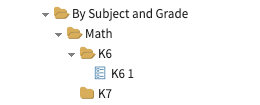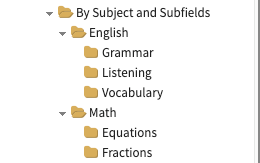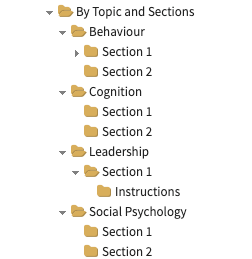Following up on the TAO Days conference, we want to provide you with a written way to maximize your TAO testing platform experience by knowing some of the hidden gems of the solution.
We know that content organization plays a crucial role in effectively managing resources and ensuring easy navigation and retrieval of information. This article will explore the best practices for content organization and delve into metadata, highlighting its significance in enhancing assessment programs. Additionally, in this article, you will get further details on the importance of using TAO asset management for maintaining an organized content repository and item bank. By implementing these practices, educators and administrators can optimize their resource utilization and improve overall efficiency.
Best Practices for Content Organization
Managing content effectively from the beginning is essential for its long-term growth. Users can establish a consistent structure for naming items, tests, and assets by adopting clear naming conventions. Including relevant information such as subject, content type, and version number in the names enhances searchability and helps users quickly identify and select appropriate resources. For example, a mathematics test for grade 8 can be named “Mathematics_Grade8_Test_Version1.” Collaboration among users can be facilitated by adopting a standardized naming convention, which optimizes resource utilization and promotes effective teamwork.
Organizing Content by Subject and Grade
One effective strategy for a content organization is to categorize resources based on subject and grade levels. Creating folders for subjects like English, Math, and Science and subfolders for respective grade levels (e.g., English_Grade6, Math_Grade7) allows for easy categorization of resources. This approach simplifies resource management and streamlines content access for educators.
Organizing Content by Subject and Subfields
Another approach to organizing content is by subject and subfields. For instance, creating a folder for Geography and subfolders for specific topics like European Capital Cities enables a more granular organization of resources. This method allows for efficient categorization based on specific subject areas.
Organizing Content by Topic and Sections
Resources can be categorized by topic and sections to enhance content organization further. For example, if resources are related to security guard training, a “Security Core” section can be created, further divided into subsections like Section 1 and Section 2. This approach facilitates the organization of resources based on specific topics and sections, making locating and managing content easier.
Deep Dive into Metadata
Metadata is additional information associated with assessment content, enabling efficient organization and retrieval of resources within an assessment program, much like how librarians categorize books. Assigning metadata to assessment content offers benefits such as time and cost savings by reusing or adapting existing items instead of creating them from scratch. Moreover, metadata ensures consistency and enhances the overall quality of content.
When creating items, educators can assign metadata to provide valuable information about the content, including details such as subject, grade level, assessment type, and taxonomy. Consistent use of metadata conventions allows for easy identification and selection of appropriate resources based on specific requirements.
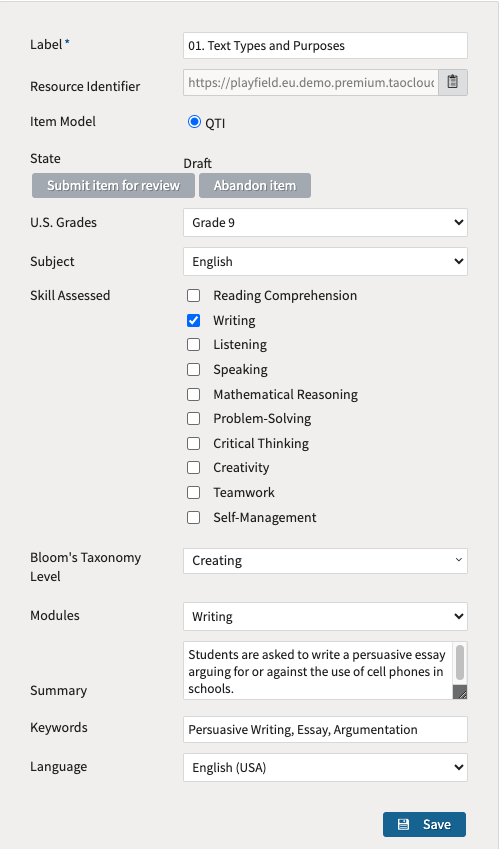
In assessment programs, metadata plays a vital role in enhancing efficiency and scoring capabilities. Educators can categorize items and tests using metadata, enabling quick searches based on criteria like subject, grade level, or module.

Furthermore, metadata can be utilized to define test outcome declarations, facilitating accurate category scoring and generating valuable insights into students’ performance across different assessment areas.
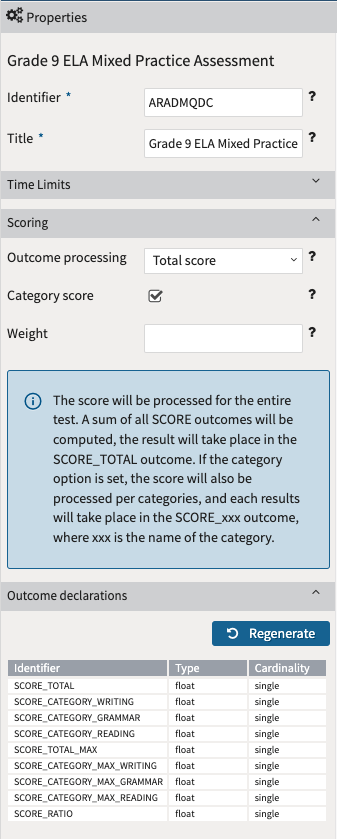

Asset Management
Proper asset management is crucial for maintaining an organized content repository. Assets include multimedia files, documents, and other resources supporting the assessment program. Educators and administrators can ensure easy access and retrieval when needed by organizing assets systematically.
Organizing content and assets using best practices and metadata provides several benefits, including:
- Easy identification and modification of items and tests.
- Efficient inclusion of items in tests, avoiding duplication.
- Streamlined workflow and collaboration among team members.
- Quick search and retrieval of resources, even with large volumes of content.
- Enhanced scalability, accommodating the growth of the content bank.
—
Effective content organization, a deep understanding of metadata, and proper asset management are essential for optimizing assessment programs. By following best practices, educators and administrators can create a structured and efficient system for resource utilization, save time, and improve collaboration. Additionally, leveraging metadata allows for accurate scoring and provides valuable student performance insights. By implementing these strategies, educational institutions can enhance their assessment processes and facilitate a more effective learning environment.
